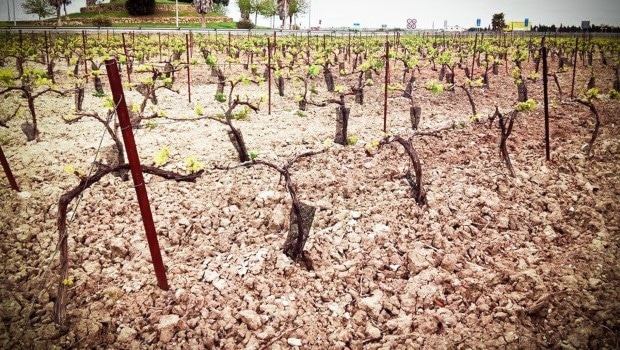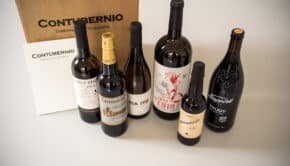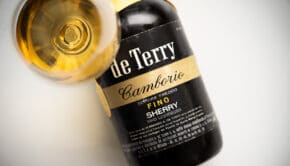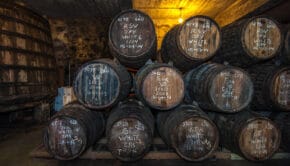Vara y pulgar: vine growing and pruning
This time of the year is crucial for the upcoming winemaking season. The plants are growing, flowering has passed and the grape buds have started to appear. Let’s have a quick look at a some of the essential work that is done in the vineyards in order to have a great wine in a couple of months.
Pruning styles: vara y pulgar
In wintertime, when the plants are at rest, vines are pruned or trained in a way that optimizes their yield. It is essential to help the vine, which lasts around thirty years in this region, in its vital development. Pruning helps to focus the energy of the plant towards growing the perfect grapes. The D.O. Jerez-Xérès-Sherry uses a method called vara y pulgar or stick and thumb, which is unique to the region, although it shows some similarities with the Guyot method that is better known.
Alternating vine branches
Each vine is raised with two important branches and production alternates between these two. One year, usually in January, they cut back the left branch and leave a small shoot with just one or two knots or ‘eyes’. This is called the thumb or pulgar. The right branch, the long ‘stick’ or vara, is left with seven or eight eyes. It grows leafs and holds the buds from which the grapes will grow. The thumb is left with sprouts, which will eventually bloom and develop what is called a small “green stick,” next year’s vara. This process changes each year, alternating between the two branches, with one growing and the other one resting.
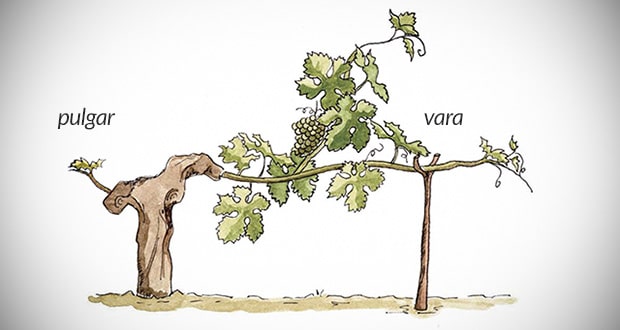
Vara y pulgar in practice
The number of eyes on the vara has an impact on the resulting wine. When the vara is cut back heavily, the grapes will produce a heavier wine with plenty of body. A longer vara makes light and delicate wines. In Sanlúcar varas tend to be longer than in Jerez.
Shaping new plants to grow this way usually requires four years. As of the fifth year, the vine will start to produce small crops of lower quality and after the seventh or eight year the vine will be in optimum conditions.
As the vara can be quite long and grapes can be heavy, the branch used to be supported by a wooden stake, but nowadays it is more common to have wires which guide the branches. This also makes it easier to cut away leaves in summer, which exposes the grapes to more sunlight.
Note that although vara & pulgar is the most common system in the Jerez area, you will also find other pruning systems like the double cordon or Guyot.
It’s hard work to do the pruning of an entire vineyard. Big bodegas like González Byass have millions of individual vines! Nonetheless it is a key element for a good harvest and ultimately a good sherry.
As a side note, Olé & Obrigado dedicated a wine to this pruning method.


